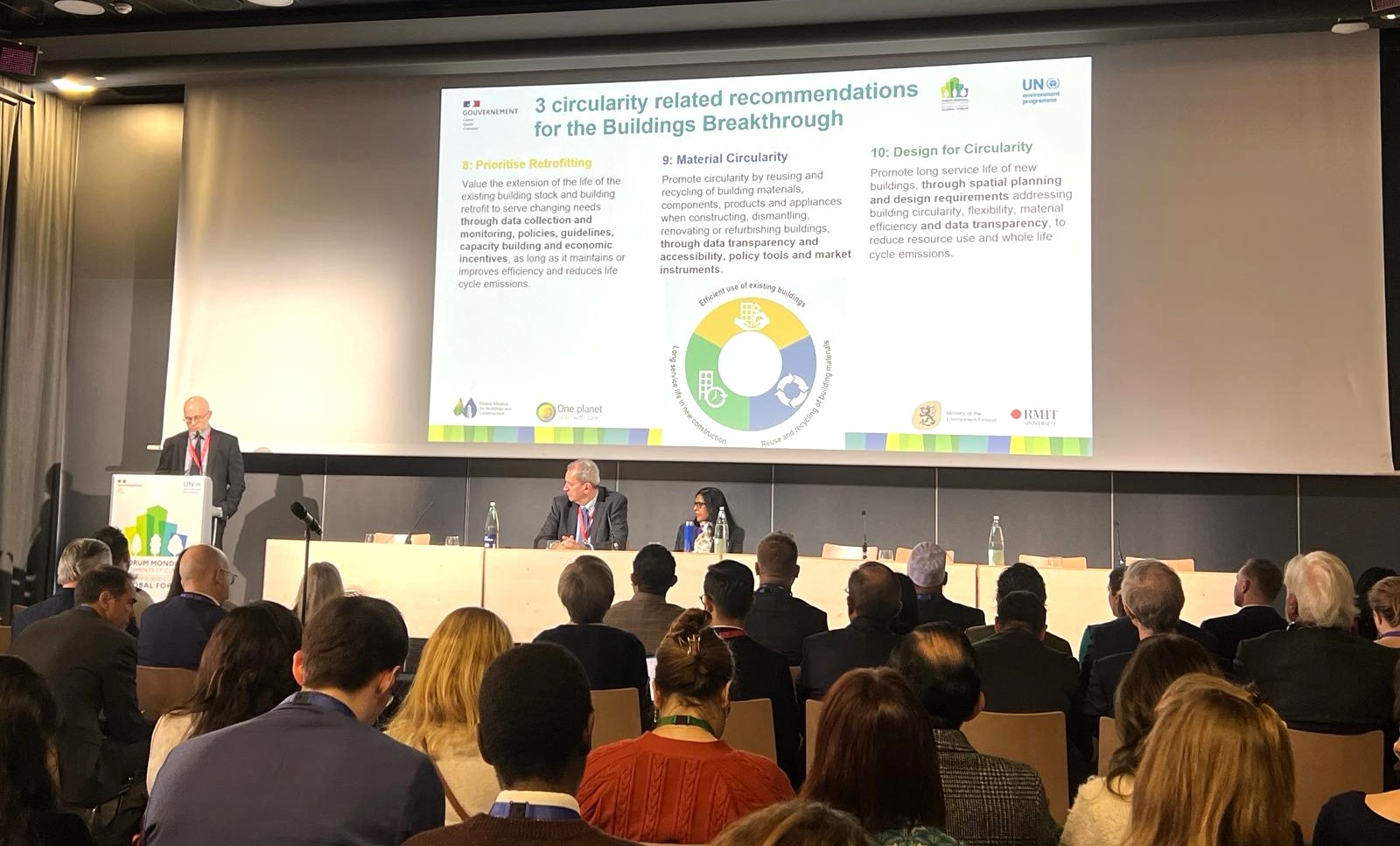Use of E-catalogues in Sustainable Public Procurement (SPP): Overview of current practices
Sustainable Public Procurement (SPP) is a powerful tool in the promotion of sustainable development. However, public buyers often lack the know-how, time and personnel needed for SPP. This is because buying sustainable products and services requires procurers with the skills to apply sustainability criteria in a legally compliant way and check the compliance of bids against these criteria. It can also take more time to compare the sustainability of offered goods and services, especially in contexts where contracts are usually awarded based on a lowest cost basis.
To increase the amount of sustainable goods and services purchased by the public sector, new tools are needed which streamline SPP and make sustainable options more accessible. E-catalogues of pre-qualified suppliers and/or goods and services offer one such option. To date, however, little consideration has been given to ‘green’ or ‘sustainable’ e-catalogues, both in theory and in practice.
This pre-study therefore attempts to summarise existing definitions, where they exist, of e-catalogues as developed by key actors in the definition of public procurement practices and present these alongside existing international examples of e-catalogue use in practice. From this, three general approaches have been identified: ‘central e-catalogues’, ‘e-marketplaces’, and ‘single contract e-catalogues’. Although ‘central e-catalogues’ offer the greatest potential for streamlining SPP and increasing access to sustainable products and services, they also require a supportive institutional and legal framework. Therefore, e-marketplaces and single contract e-catalogues are also included in this pre-study, as they offer more flexible opportunities which can be adopted in a wider range of contexts.
As a pre-study, this report does not attempt to provide guidance on implementing e-catalogues or e-marketplaces, but rather provides a starting point for future work, including the definition of some general principles along with some initial recommendations on increasing knowledge of and uptake of e-catalogues in a project context.

